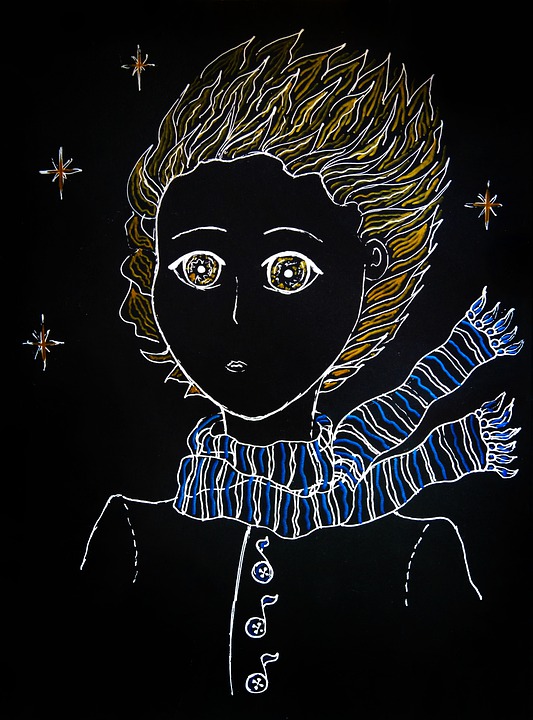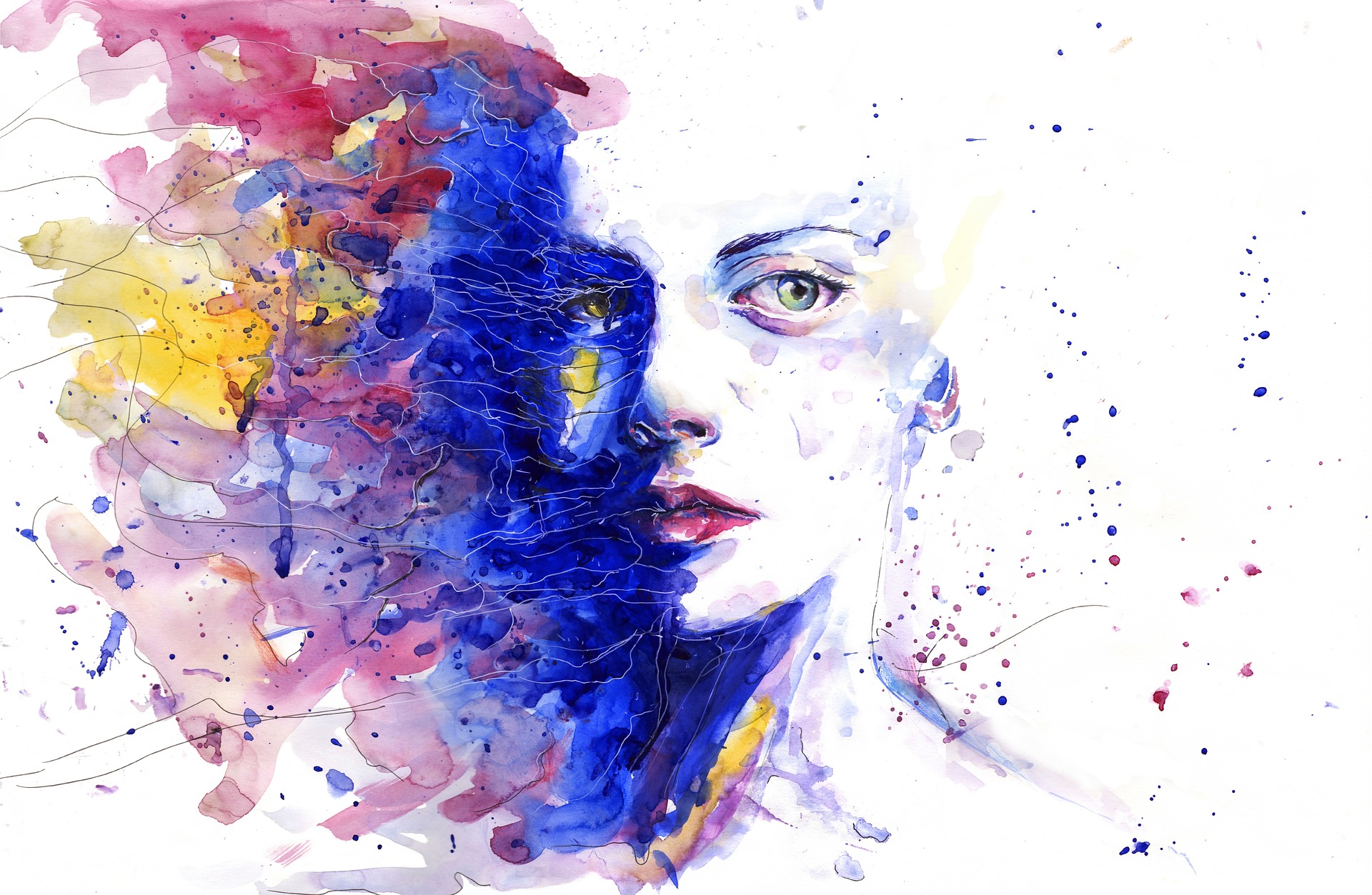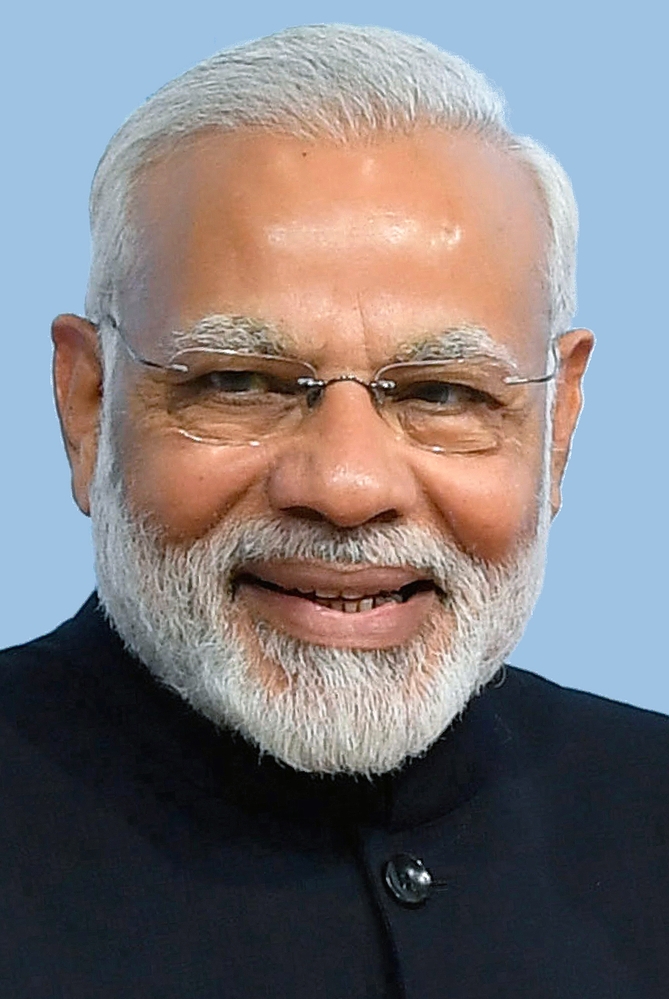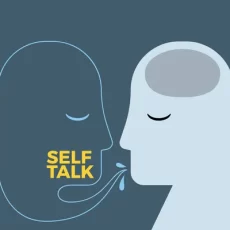Why Sex?
Charles Darwin, the father of evolution, wrote in 1862:
“We do not even in the least know the final cause of sexuality; why new beings should be produced by the union of the two sexual elements. The whole subject is as yet hidden in darkness.”
The old man found himself confused when it came to sex. Why, you might ask. Because before sex evolved, all reproduction was done asexually, which basically means by cell division – an organism literally splits in half to form two. {clay] It is a simple copy-and-divide mechanism wherein one does not have to waste time and energy searching for and impressing a partner, they just grow and divide in two. And unlike in sexual reproduction, where I get 50% of my genes from my mother and 50% from my father, in case of asexual parents, the offspring is a 100% carbon copy of the parent.
So, keeping all this in mind, why should so many species take the long and tiring route of sexual reproduction, when a straightforward path is available? Sex must offer some evolutionary advantage that outweighs its obvious disadvantages.
And yes, it does! How? Let’s see.
Consider A to be an asexual parent who has genes that let it and its offspring survive in the chilly climate of Bangalore. But as you all have noticed in the past couple of years, Bangalore has been getting more than its fair share of heat, thanks to us causing climate change. Now what will happen to A and its offspring in the humid hot days? Sadly, they’ll die.
Now let’s take the case of sexual partners B & C. B has genes that are needed to survive in a chilly climate and C has genes needed to make through the sunniest of days. When B & C mate, they result in creating D who can now take both the heat and the chill of Bangalore!
Basically, sex is an opportunity for two organisms in the same species to pool their useful resources; resources that will come handy when facing environmental stressors. Fun fact: Primitive single-celled organisms usually do just fine with asexual reproduction, but if environmental stresses are high, they can turn into sexual species.
Sexuality in Young Adults
Now that we know why sex, let’s look at sexuality in young adults.
1. Sexual Orientation
We start with sexual orientation during young adulthood; sexual orientation describes enduring patterns of sexual, romantic, and emotional attraction—and one’s sense of identity based on those attractions. Sexual orientation is distinct from gender identity, the internal sense of being male, female, or something else.
Adolescence is a bridge between the asexual child and the sexual adult. Adolescence is a time of sexual exploration and experimentation, of incorporating sexuality into one’s identity. Although most adolescents experience times of vulnerability and confusion, the majority will eventually develop a mature sexual orientation by the time they reach young adulthood.
What are some of these sexual orientations?
Heterosexuality (attraction to members of the opposite sex), homosexuality (attraction to members of the same sex), and bisexuality (attraction to members of both sexes) are the three most commonly discussed categories of sexual orientation, although they are by no means the only ones in the world of sexual identification.
Asexual individuals do not experience sexual attraction, although that doesn’t preclude them from feeling emotional attraction. Pansexuality encompasses attraction to persons of any gender or their biological sex; pansexuals just see a person as a human being and use a phrase called ‘hearts, not parts’. Demisexual refers to an individual who experiences sexual attraction only once a strong emotional bond has formed with a partner.
1.1 Scenario in India
Certain government reports from 2012 estimate that around 2.5 million people in India were homosexual. These figures are only based on individuals who have spoken about belonging to the community to the Ministry of Health. The actual statistics may be vastly different since many have so far feared discrimination and social stigma.
On a fateful Thursday of September 6th, 2018, the Indian Supreme Court struck down Article 377 of the Indian Penal Code and said, “The sexual orientation of an individual is natural and discrimination on the basis of sexual orientation is a violation of freedom of expression. The LGBT Community has the same rights as any ordinary citizen. Criminalising gay sex is irrational and indefensible. The provision of IPC had resulted in collateral effect in that consensual sex between LGBTQ people is criminalised and is violative of Article 14 which states equality before the law for all.” This was all possible due to the efforts of these 4 lawyers (names), two of which (names) are a couple!
The Supreme Court’s decision to decriminalise homosexual behavior is the first step towards providing equal status and rights to the LGBT community in India. It further opens doors for the community to claim their right to marry, adopt and have a family.
In the next part to this series, we’ll be talking about the other prominent aspects of sexuality during young adulthood!





